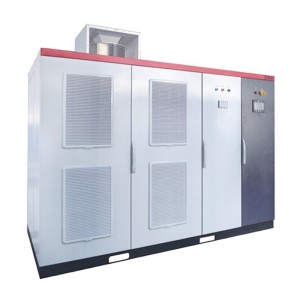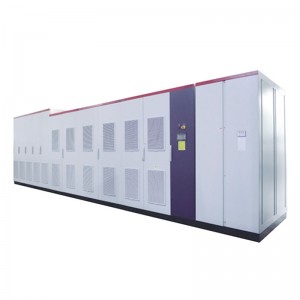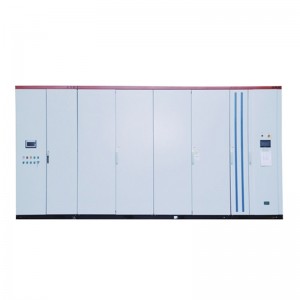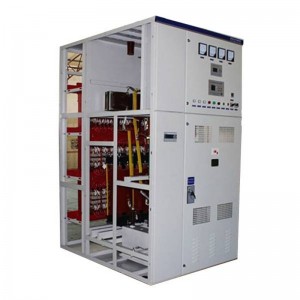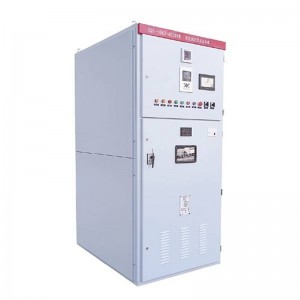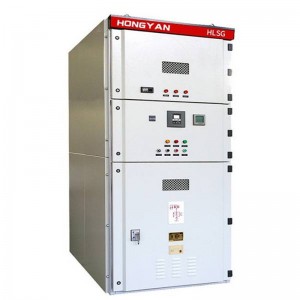High-voltage motor starting and frequency conversion device
product description

I Performance characteristics: Based on two/four quadrant synchronous (including permanent magnet synchronous motor)/asynchronous motor platform design and unit sealing design, the whole machine adopts modular design ideas and high production efficiency.
Competitive advantages: Modular design of control system. Small harmonics, precise speed regulation, good sealing of power unit, and strong environmental adaptability.
Load type: fan, water pump load; hoist, belt conveyor load
Name: G7 all-in-one series high-voltage inverter
Power level:
6kV: 200kW~560kW
10kV: 200kW~1000kW
Heat dissipation method: forced air cooling
Performance characteristics: Based on the two-quadrant synchronous (including permanent magnet synchronous motor)/asynchronous motor platform design, the whole machine integrates control cabinet, power cabinet, transformer cabinet and switching cabinet, and is easy to install on site.
Competitive advantages: small size, space-saving, overall transportation, convenient and proper installation.
Load type: fan, water pump load.
Name: G7 water-cooled series high-voltage inverter
Power level:
6kV: 6000kW-11 500kW
10kV: 10500kW-19000kW
Heat dissipation method: water cooling
Performance characteristics: Based on two-quadrant synchronous (including permanent magnet synchronous motor)/asynchronous motor platform design, reliable high-power power electronic devices and water-cooled heat dissipation methods are adopted, with high power density and strong environmental adaptability.
Competitive advantages: high reliability design, water cooling, low noise, high efficiency, and stronger environmental adaptability.
Load type: Blast furnace blower, oxygen compressor, boiler induced draft fan, sintering main exhaust fan, fan, water pump load.
product model
switch cabinet
When the frequency converter fails, the motor can be directly connected to the original power grid through the frequency conversion circuit to continue running. There are two types of switching: automatic and manual. The difference is that when the inverter fails, the manual switching cabinet needs to switch the main circuit according to the operating procedures; while the automatic switching cabinet can automatically switch the main circuit under the control of the system. Except during maintenance. The switching cabinet is non-standard configuration and needs to be customized according to the user’s on-site requirements.
Transformer cabinet
It contains a phase-shifting transformer, temperature sensor, current and voltage detection device. The phase-shifting transformer provides independent three-phase input power for the power unit; the temperature sensor monitors the internal temperature of the transformer in real time, and realizes the functions of over-temperature alarm and over-temperature protection;
The current and voltage detection device can monitor the input current and voltage of the transformer in real time, and realize the protection function of the frequency converter. Independent air duct design reduces transformer temperature rise and prolongs service life.
Power cabinet
There are power units inside, and each power unit is completely consistent in structure and can be interchanged. Its housing is designed with molded integral molding, which has good sealing performance and is suitable for occasions with high humidity, dust and corrosive gases. The power cabinet communicates with the control cabinet through optical fiber, which can effectively suppress electromagnetic interference.
Control cabinet
Contains HMI, ARM, FPGA, DSP and other high-precision chips with Chinese and English man-machine interfaces, few parameters and easy operation, rich external interfaces, convenient to connect with user systems and expand on-site. The main control is packaged with a self-developed box structure. Should
The cabinet has passed the strict EMC certification and has passed the temperature cycle and vibration test, with high reliability.

